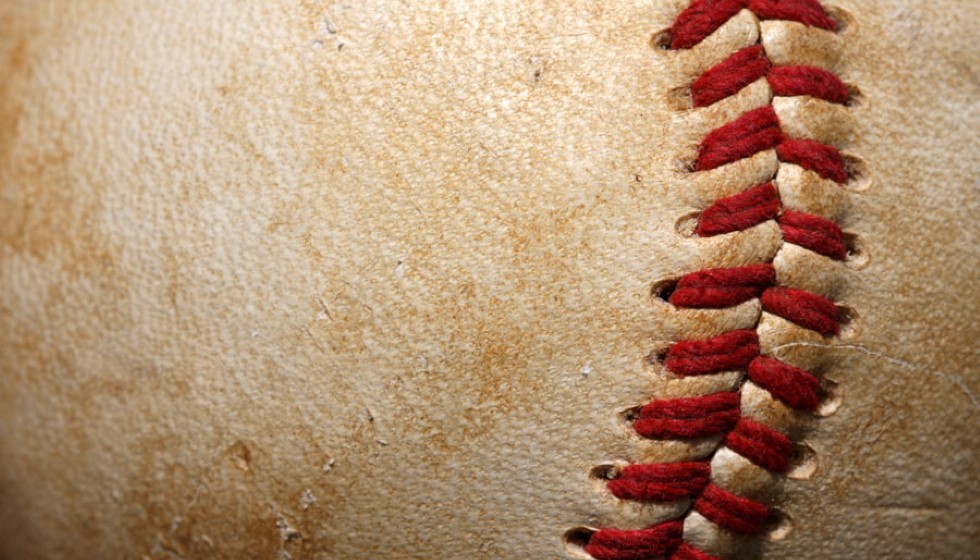
The 2023 Major League Baseball (MLB) season has been marred by an alarming trend—an unprecedented surge in pitcher injuries, particularly those related to torn elbow ligaments. This disturbing pattern underscores the physical toll that the modern game, with its evolving strategies and new rule implementations, exacts on pitchers. As the season unfolds, the baseball community is grappling with the causative factors and seeking pathways to mitigate these injuries without compromising the competitive essence of the sport.
Rise in Pitcher Injuries
The current season has witnessed notable pitchers such as Eury Pérez and Shane Bieber sidelined for its entirety due to torn elbow ligaments. Compounding this issue, Jonathan Loáisiga and Spencer Strider have also succumbed to elbow surgeries that have ended their season prematurely. Additionally, Framber Valdez's recent scratch from a start due to elbow soreness has heightened concerns over the resilience of pitchers' arms.
A startling statistic reveals that 34.2% of pitchers in MLB games have undergone Tommy John surgery—a procedure to repair a torn ulnar collateral ligament in the elbow. Furthermore, an unprecedented 132 pitchers were placed on the injured list on Opening Day, accounting for an overwhelming 80% of all assignments to the list, spotlighting the extent of the injury crisis facing pitchers.
Factors Contributing to the Surge
The introduction of the pitch clock by MLB is one factor that Tony Clark, a prominent figure in the players' union, blames for the uptick in injuries. He argues that despite unanimous opposition from players and concerns about health and safety, the Commissioner's Office proceeded to reduce the length of the pitch clock. However, MLB refutes this claim, pointing to a study that found no link between the pitch clock and an increased risk of injury.
It's also argued that pitchers are throwing harder than ever before, a trend that naturally escalates the risk of injury. The crackdown on the use of foreign substances, while aimed at maintaining a level playing field, may inadvertently contribute to this dilemma by forcing pitchers to alter their grip and throwing mechanics.
Moreover, the push towards early specialization and an emphasis on velocity from a young age in youth baseball is believed to be a foundational cause of the increase in injuries. This development focuses on teaching young pitchers to maximize their throwing speed, which, while advantageous for their budding careers, may predispose them to injuries later on.
The strategic evolution of pitching, which now prioritizes maximum effort from pitchers over the course of their appearances, is also under scrutiny. This shift has been both lauded for its effectiveness and criticized for its potential role in exacerbating injury rates among pitchers.
Voices from the Field
The reduction in the pitch clock length has particularly drawn criticism from the players' union, highlighting its opposition to this change and the concerns it raises for player health. The critique underscores the tension between enhancing the game’s pace and ensuring the athletes' well-being.
A perspective shared within the baseball community encapsulates the dilemma faced by pitchers: "It's a double-edged sword," reflecting the challenge of balancing the use of one's full capabilities, such as throwing at 100 mph, against the imperative to introduce changes for the sake of health and longevity in the sport.
Concluding Thoughts
The 2023 MLB season serves as a focal point for the ongoing debate around pitcher injuries, the impact of new rules like the pitch clock, and the broader implications of trends such as increased throwing speeds and early specialization. As the league, players, and stakeholders grapple with these issues, the ultimate goal remains clear—finding a sustainable path forward that preserves the integrity and appeal of baseball while safeguarding the health and careers of its pitchers. The journey to this equilibrium will require collaboration, innovative thinking, and perhaps most importantly, a willingness to adapt for the greater good of the sport and its athletes.